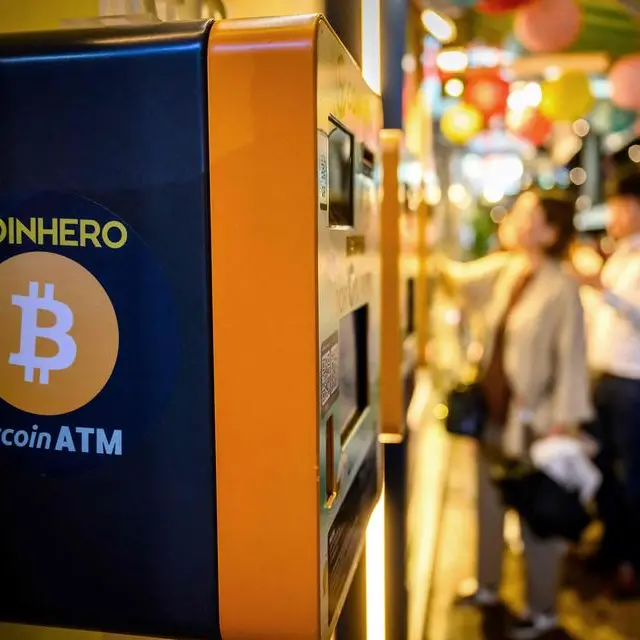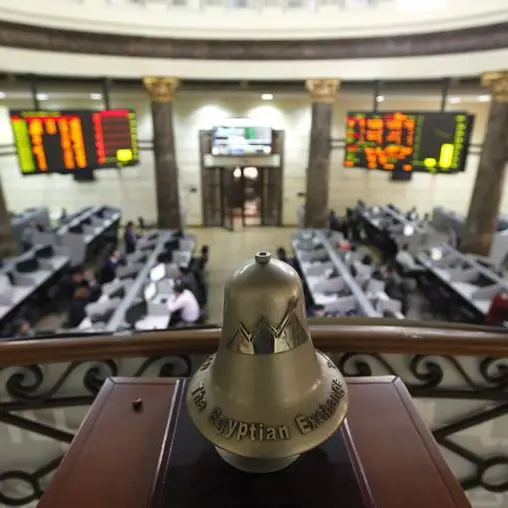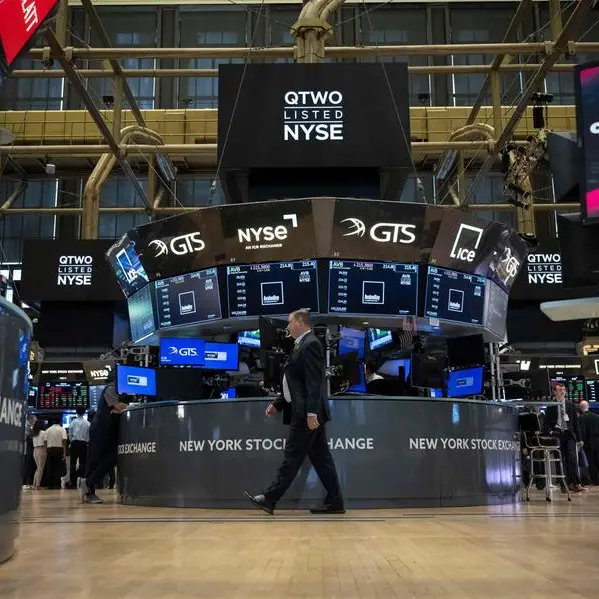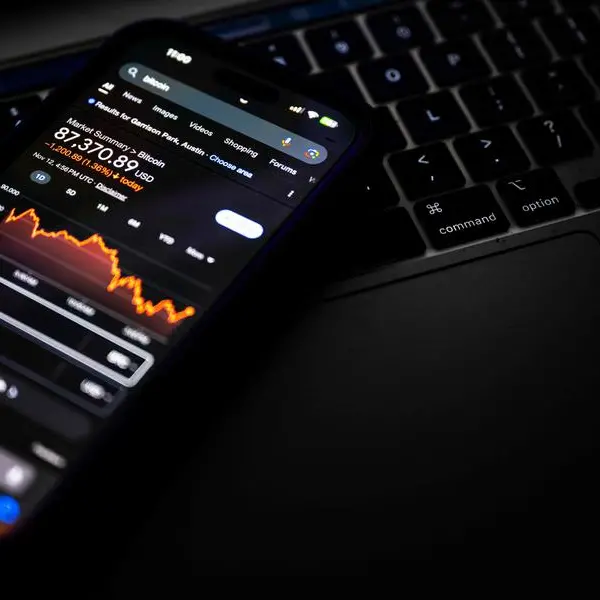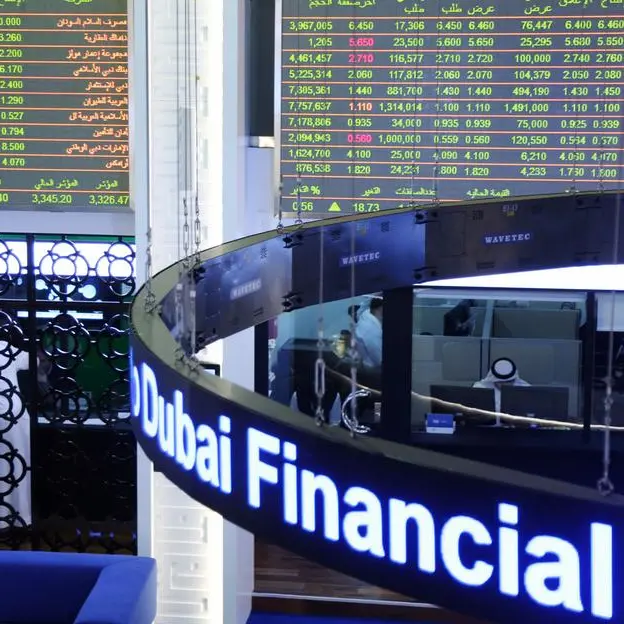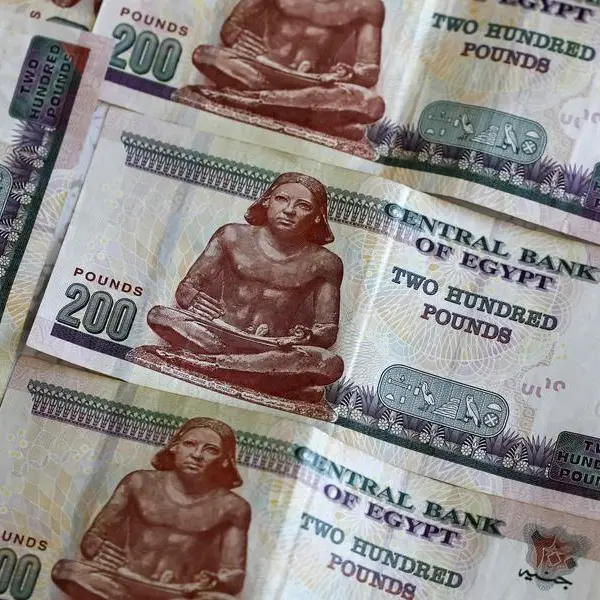A long-awaited upturn in interest rates and strong levels of demand from investors could lead to a rekindling of interest in issuance of convertible bonds from the Middle East, according to a senior partner at Fisch Asset Management.
Martin Haycock, who is also a product manager for convertible bonds at Switzerland-based Fisch, said there hasn't been any convertible bonds issued for more than two years in the Middle East because interest rates have remained very low, making it easier for entities that wish to raise debt on capital markets to issue plain vanilla corporate bonds.
The last company to sell convertible bonds in the region was Abu Dhabi's state-backed investment fund Aabar Investments, which raised €2 billion ($2.35 billion) through two exchangeable bond issues (underpinned by shares in its stake in Italian bank Unicredit) in March 2015.
"Straight debt markets have been wide open," Haycock said in an interview with Zawya in Dubai on Monday. "Emerging corporate bond markets have exploded and have been hugely successful. And in some ways, of course, that has happened at the expense of convertible bonds."
Figures provided by Fisch state that there is approximately $4.2 billion worth of outstanding Middle East convertible bonds, from four issuers – Aabar Investments, Dana Gas, DP World and First Abu Dhabi Bank. This is dwarfed by the $60 billion of outstanding Middle East corporate bonds.
Convertible bonds are effectively a conventional, fixed-income bond with an embedded option to convert into equity should a company's share price reach a certain (usually much higher) level in the future. They provide a cheaper source of debt for issuers than corporate bonds, because the equity option has a value to the investor, allowing coupon rates paid by issuers to be discounted.
Fisch Asset Management gave a joint presentation to potential issuers and investors alongside the Gulf Bond and Sukuk Association at the Capital Club in Dubai International Financial Centre on Monday, which showed that about $23 billion worth of convertible bonds and sukuk have been raised in the Middle East through 20 issues since DP World became the first issuer of a $3.5 billion, pre-IPO convertible sukuk back in 2006.
All-but-one of these issues have been by United Arab Emirates-based companies, with the exception being a $200 million convertible sukuk issued by Kuwait's International Investment Group in 2007, which matured in 2012.
Most of the $23 billion of convertible bonds and sukuk that has been issued was raised between 2006-08. Since the global financial crisis begun, only $6.2 billion of bonds have been issued over the past nine years.
Rate boost
Haycock argued that a higher interest rate environment is likely to spur interest in convertible bonds, given the lower coupon rates.
"Convertibles historically have always seen large volumes of issuance increases when interest rates have risen," he said.
He said that the lack of issuance in the Middle East also meant there is strong investor appetite from convertible bond buyers. He argued that this can be demonstrated by the fact that globally, convertible bonds are trading at higher rates than their theoretical models, and that “clients are talking to us about convertible bonds very actively”.
“The subject is firmly on the radar for a great many institutions at the moment,” said Haycock.
The $4.2 billion of convertible bonds outstanding in the Middle East represents less than 1 per cent of the of the global convertible bond market, which currently has $437 billion of bonds outstanding.
"This region is woefully underrepresented. We think that is a huge shame," said Haycock. "This region should be producing more convertible bonds."
Companies interested in issuing convertible bonds generally need to be of a certain scale and have shares that are actively traded in order to attract investors.
“We typically don't invest in anything that is going to be under $100 million in size and in general we are looking at $200 million-plus,” said Haycock.
However, convertible bonds are likely to be much less attractive to firms which expect significant uplifts in the value of their shares, as if options are almost certain to be exercised it could prove to be a much more expensive method of raising capital than through corporate bonds.
Of the $10.8 billion worth of assets under Fisch’s management, $5.7 billion is invested in convertible bonds, according to the company. It also has $4.4 billion invested in corporate bonds, about $2.2 billion of which is in the Middle East.
Michael Grifferty, president of the Gulf Bonds and Sukuk Association, told Zawya in an emailed response to questions that equity-linked investments such as convertible bonds was a subject that "is arising fairly regularly in our conversations with issuers, arrangers and investors".
He said the reason why there had been so few issuances in the region in recent years was because "the range of listed companies is not as robust as in some regions, but there is definitely enough for a promising conversation".
Grifferty added that the growth of the convertible bond market in the region partly depends on awareness levels of the product improving among both corporate entities and banks.
“Convertibles will also be boosted by the growing depth of the regional debt market,” he said.
© ZAWYA 2017
